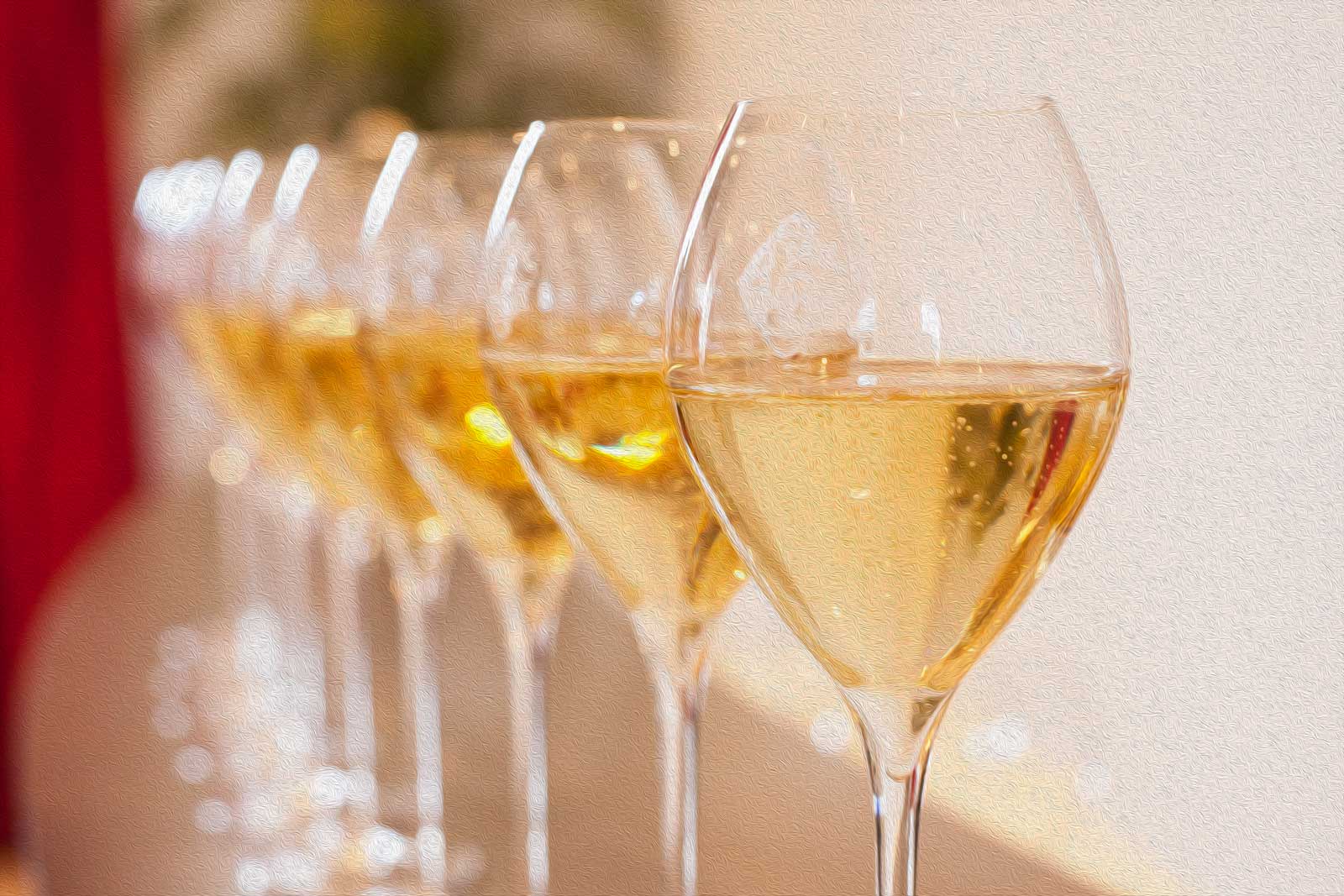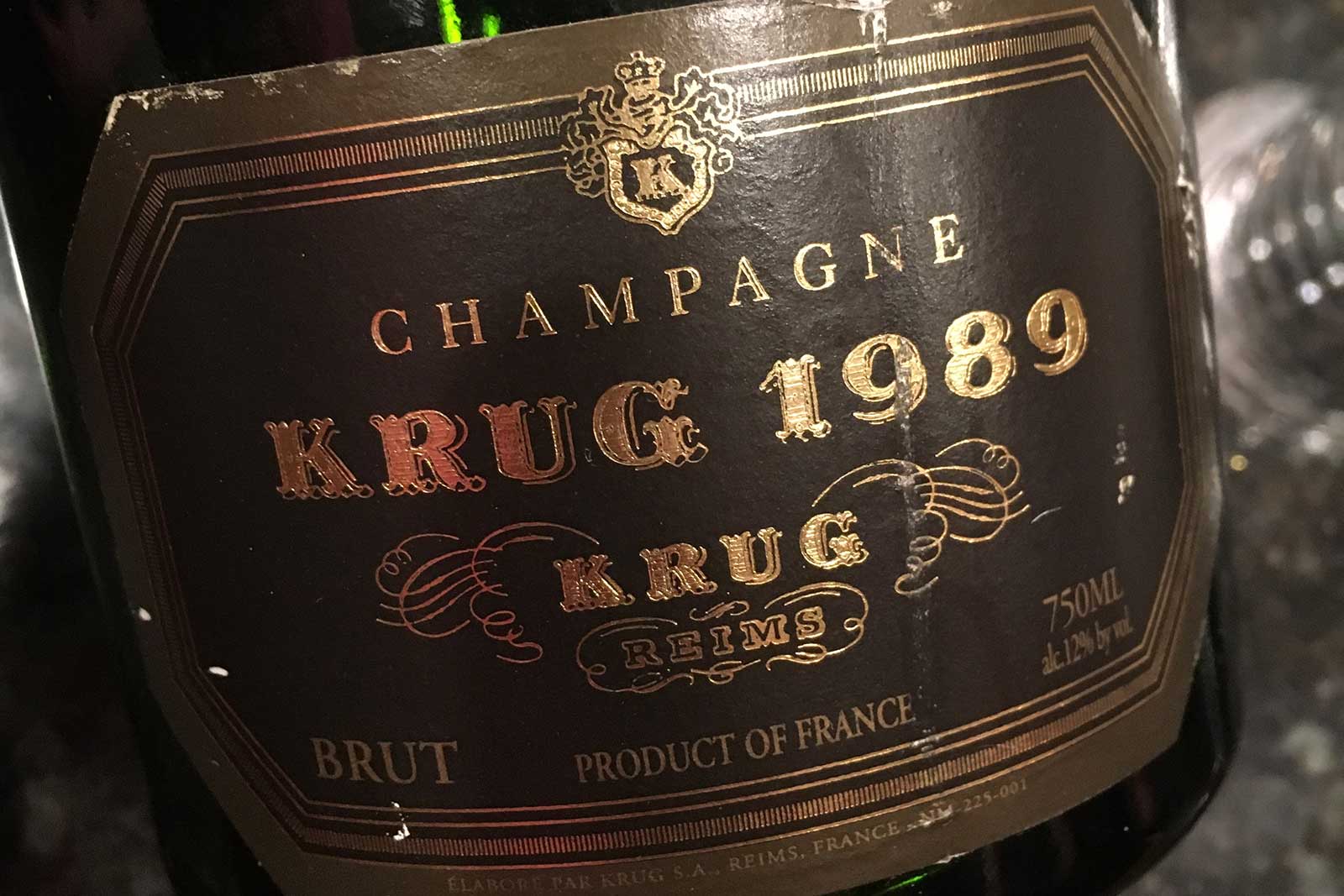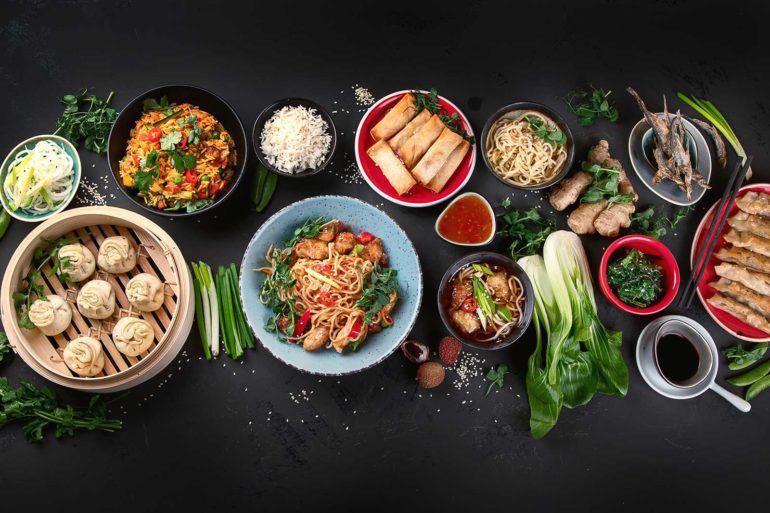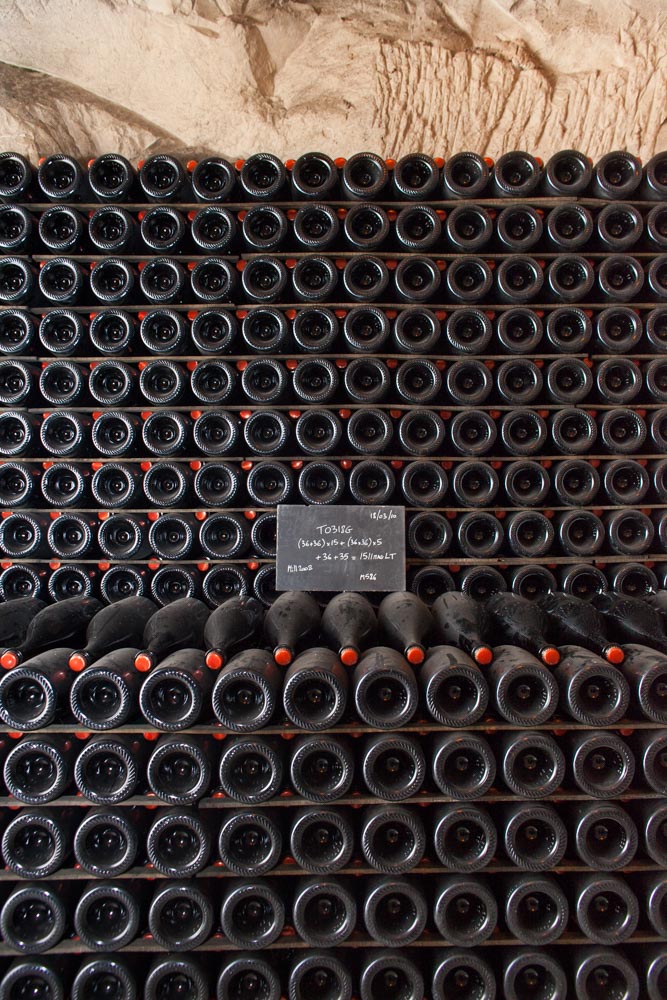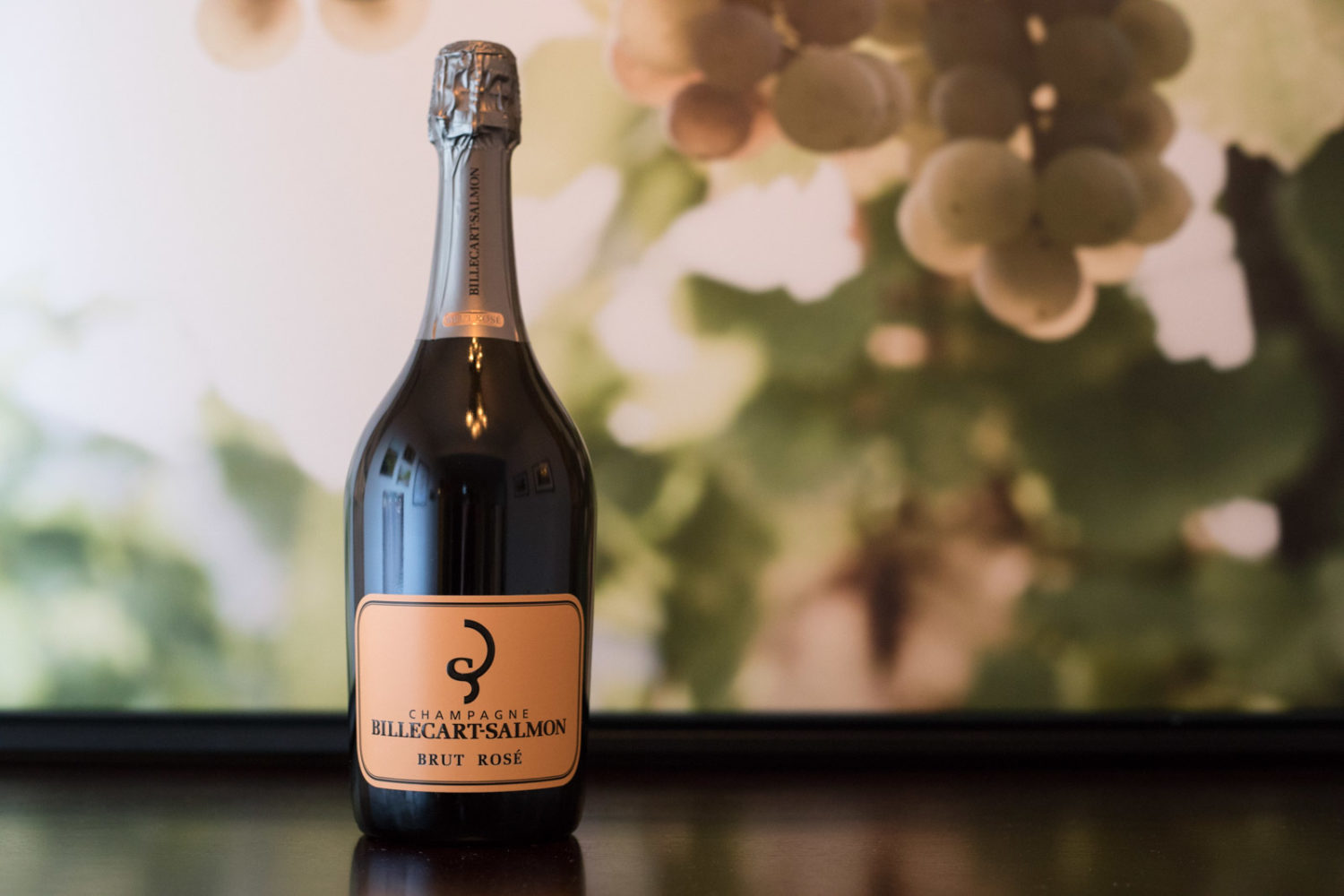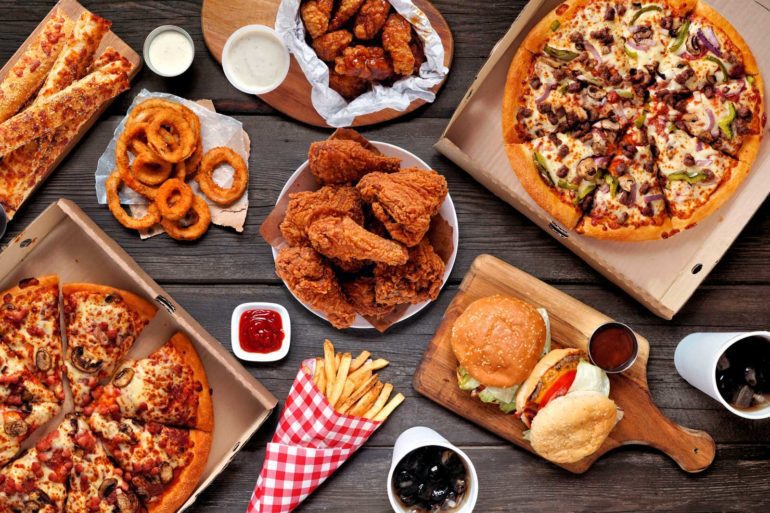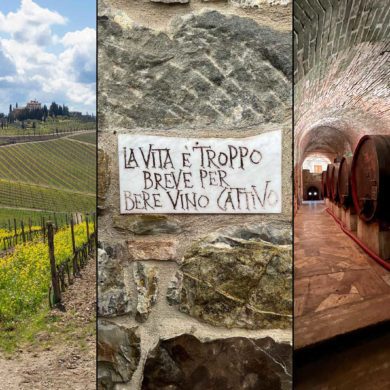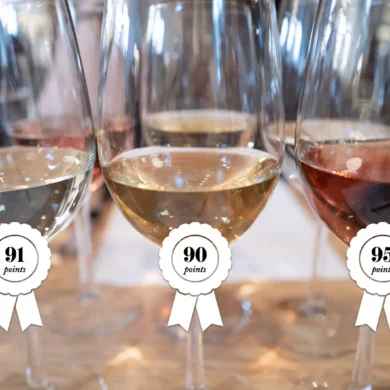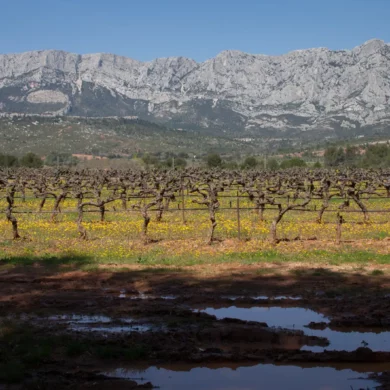On Thursday, December 9, 2021, subscribers to Opening a Bottle will have access to our Virtual Tasting Seminar on pairing champagne with food. I am very excited to announce that acclaimed author Zachary Sussman — whose new book Sparkling Wine for Modern Times debuts on November 2, 2021 — will be joining us for this event. His tasting experience and in-depth knowledge on champagne is vast, and having the opportunity to learn from him and ask him questions is a tremendous opportunity for all of us, myself included.
As usual, up to 12 non-subscribers can buy tickets through Eventbrite for $35/log-in.
Below you will find everything you need as a paying subscriber to access the event: a description of the class, how to understand champagne at a basic level so you can shop for a bottle (or two) for this event, and most importantly, which foods you’ll want to buy/prepare to make a party of this class!
But first: your Zoom credentials to access the event.
Navigate This Study Guide
Champagne for Dinner
Champagne is perhaps the most famous wine of all: Champions spray it when they win the title. Brides and grooms toast with it after their nuptials. Wannabes order it to look like big spenders.
But could it be that — all this time — champagne’s greatest purpose was to pair it with food?
In this virtual wine tasting and snob-free seminar, wine writers Kevin Day and Zachary Sussman will provide some context on the greatest bubbly drink known to humankind: how did it come to be? What’s the Champagne region in France like and what is its secret? Which producers are noteworthy and why? And most importantly: which surprising food pairings do you need to know about?
Like all of our virtual tastings, the presentation will be filled with high-quality imagery, maps and in-depth insights. Kevin is also a professional photographer, and Zachary wrote the book on bubbly — his latest, Sparkling Wine for Modern Times, will debut in November 2021. Zach’s books manage to be informative and relatable at the same time, a rare mix in the world of wine writing. You can (and should) preorder/order his new book.
Participants are invited to bring a bottle (or two or three) to the session, as well as a bag of potato chips (really) and a choose-your-own-adventure assortment of noshes from a menu of magnifique food pairings, listed below.
Shopping for Champagne
A good bottle of Champagne can be had for around $35. If you’d like to take part in a comparative tasting, increase that budget to at least $70. Of course, the sky is the limit when it comes to cost on this wine. Much of what fuels champagne’s price is a combination of prestige and scarcity. Certain houses and growers have earned a sterling reputation over time, and their limited-release vintage, réserve or single-vineyard wines can be highly sought-after because little has been produced.
But we are here to have dinner with champagne, not toot our horn about some mystic ability to acquire such wines (in fact, even seasoned writers like Zachary and I do not get many opportunities to try such high-prestige champagne). Have no fear: Champagne is a wine region with a remarkably high level of consistency and quality, especially when you compare it to its competitors. However, it does help to know a few key differences when shopping, starting with the champagne houses and growers mentioned below.
Champagne Houses vs. Growers
Also known as the Grand Marques, these wineries are typically larger and they purchase their fruit from growers around the Champagne region. They are also known for making their wine in a certain, signature style. The big advantage of the champagne houses is their ability to produce consistency, as well as to draw from a large reserve of older vintages in their blending process.
Champagne houses to look for:
- Billecart-Salmon
- Bollinger
- Champagne Gosset
- Charles Heidsieck
- Duval-Leroy
- Krug
- Pol Roger
- Roederer
- Ruinart
- Tattinger
A grower is a winemaker who sources their wines from their own grapes. Typically, these wines are known for a more artisanal winemaking approach, and a more intimate connection with the terroir. Their recent success has triggered a reckoning in Champagne on what these wines can be, and many houses have taken note in the form of releasing more vintage, single-vineyard wines to showcase unique terroir. Some growers have a decent selection of reserve wines to pull from as well, but few make enough wine to meet demand.
Growers to look for:
- Agrapart & Fils
- Béreche & Fils
- Cédric Bouchard
- Champagne Savart
- Champagne Suenen
- Champagne Tarlant
- Flavien Nowack
- Jacques Lassaigne
- Marie Courtin
- Pierre Moncuit
- Pierre Peters
- Ployez-Jacquemart
- Ulysse Colin
Know that this is just a starting point, and that you are welcome to deviate from the list, especially if you are shopping at a wine shop you trust.
Buyer tip: All champagne wines have a two-letter code on the back of the wine to signify the source. Champagne houses are denoted by NM for négociant manipulant. A grower will be denoted with an RM for récoltant manipulant. There are other designations, most of which you’ll never see on our shelves in America, but the Comité Champagne has an easy guide to the codes you can check out.
Non-Vintage vs. Vintage
Non-vintage is one of the wine world’s least accurate terms. Multi-vintage is a much better term, but nobody uses it. The fact is, a majority of champagne wines are a blend of multiple years’ worth of wine. Because of its cold climate and northerly position, this process of making a cuvée of many years was mostly out of necessity in the past. Older wines can lend depth and fullness due to the aging process, while younger wines can lend acidity and energy. The exact proportions are determined by the chef du cave, a master blender who oversees a plethora of wines in the cellar. If the wine does not have a prominently listed year on the front or back of the label, it is a non-vintage blend of many years.
If the champagne you are looking at has a prominently featured year on it, that is a vintage champagne — a wine whose contents came from a single year. Typically, these wines are only released in years with stellar ripening conditions.
Buyer tip: A vintage champagne is not necessarily “better” than a non-vintage champagne. It’s just more singular in what it wants to say about time and place. Vintage champagne also tends to cost more because of its scarcity.
Grand Cru and 1er Cru
The 319 villages of the Champagne region are known as Cru, and they have been ranked based on the quality of the grapes they yield. In the past, the Grand Cru villages could command 100% of the set price for their grapes, while the Premier Cru villages could command 95-99% of the price. There are 17 Grand Cru villages, and 43 Premier Cru villages. Wines labeled with either designation are singularly sourced from the designated area on the label.
Buyer tip: Don’t lose sight of the fact that champagne is a process-intensive wine, meaning much of its flavor profile is the result of what happens in the cellar, not in the vineyard. Yes, better raw ingredients will make a better wine, but if you are a beginner, you may be better served by buying two or three less expensive wines and comparing them rather than a single Grand Cru or 1er Cru champagne.
The Scale of Sweetness
In America, most of the sparkling wines you’ll find on the shelf are dry to fairly dry. You will see the term “Brut” quite a bit on our shelves, which refers to a reliably dry style of wine. However, there are also designations for Brut Nature or Brut Zero (to which no sugar has been added). Because of Champagne’s northern climate, the grapes utilized in the area often had harsh acids, and the addition of sugar, known as “dosage,” helped to counterbalance the wine. Things have changed dramatically on this front, and in some cases (often the aforementioned Brut Zero and Brut Nature) the chef du cave has skipped the addition of sugar entirely.
We’ll explain this in greater detail during our class, but for purposes of this tasting, the drier wines will work best. What is confusing is that “Extra Dry” and “Dry” styles have more sugar than Brut. Let’s not sweat the details too much at this stage, but go with Brut, or Brut Zero/Nature for this class.
If you are curious, here is a guide to the various levels of sugar in champagne.
Did You Know?
Champagne is made according to the méthode Champenois or the traditional method of making sparkling wine, in which the wine achieves its bubbles by undergoing a secondary fermentation in the bottle. This differs from some popular and cheaper sparkling wines — chiefly Prosecco — which undergo the secondary fermentation in a large tank. By going through this process in the bottle, champagne benefits from more contact with the lees, the dead yeast cells that settle in solution once fermentation is complete. The lees add a rich, bread-crust like aroma to champagne and enhance the textural qualities, too.
So don’t ever let someone tell you that Prosecco is the Italian word for Champagne!
Serving Champagne and Suggested Food Pairings
For this class, we urge you to get creative with the foods you pair with your champagne. This will be as much a virtual dinner party as a virtual wine tasting. But that said, it is important to have the right glasses for this party, as you will want to examine the aromas on the wine, too. For that reason, leave the flutes on the shelf and serve your wines in white wine glasses. Flutes restrict your access to champagne’s aromas, which — in my opinion — are the best part of this drink.
Secondly, you will want to chill your champagne for at least a couple of hours in the refrigerator before the tasting. This will make removing the cork less … explosive, shall we say, and yield a crisp and ideal first taste. If you forgot to chill the wine, do not put it in the freezer (too risky!). Instead, fill an ice bucket with cubes, a dash of water and rock salt, and let it chill that way.
Suggested Food Pairings
As for food pairings, the Comité Champagne suggests truffles, caviar and “foie gras on a bed of ceps.” That’s all well and good, but we want to take things down a thousand notches with the following list of suggested food pairings:
- Buttered Popcorn – “Microwaveable is totally fine,” notes Zachary. “But you can get fancy and make your own and add whatever topping you prefer. Truffle salt highly recommended.”
- Potato Chips – To hell with beer … this pairing might make you consider champagne for your next Super Bowl party.
- Potato Chips with Sour Cream and Roe – Zachary suggests upping our chip game by procuring some sour cream and trout or salmon roe (or caviar for those who want to splurge). This is a go-to pre-dinner-party snack he often serves guests at home. “All you need to do is spoon some of the sour cream and roe onto the chip. It’s perfect with bubbly.”
- Runny Cheese, Preferably Brie – “I know it’s a bit of a cliché,” notes Zachary, “But Brie de Meaux is from the Champagne region of France, and ‘what grows together goes together.’ It’s no surprise that this is a time-tested match made in heaven.”
- Shrimp Cocktail – “The French bistro staple of the plateau de fruits de mer (or shellfish tower) might be difficult to assemble at home,” suggested Zachary. “But you can always break out some shrimp cocktail and wash down those crustaceans with some top-notch fizz.”
- Sushi Rolls – Champagne is as much a textural experience as it is a flavor one, which is why I love matching the brininess of sushi with the gloss-and-tingle of champagne. Just be careful with the spicier renditions, which can easily smother a delicate wine like champagne.
- Fish Tacos – Best with battered fish and a pickled slaw. Again: mind the spice.
- Smoked Salmon and Potato Latkes – One of our go-to easy weeknight meals (especially if Trader Joe’s is involved) usually calls for champagne, too. Yes, champagne on an ordinary weeknight: why not?
- Pizza – Yes, pizza. This may seem counterintuitive, but Zachary swears by this pairing. “Mushrooms are a particularly successful topping because of the double-umami factor,” he says. “My wife and I are partial to white pizza with mushrooms and caramelized onions as a Champagne pairing, but the standard red sauce works great, too. The acidity of the tomatoes and the wine work very well together.”
- Buffalo Wings – “Acidity and effervescence are meant to cut through the fat and grease of fried foods,” notes Zachary. “Case in point: try Champagne instead of beer with that bucket of wings.”
- Rotisserie Chicken – Simple and satisfying. This is another weeknight staple elevated. Grab a grocery store rotisserie chicken (a “rip-apart” as my Dad lovingly calls it) and try to avoid getting your greasy fingers on the stemware. This pairing is a glutton’s delight.

